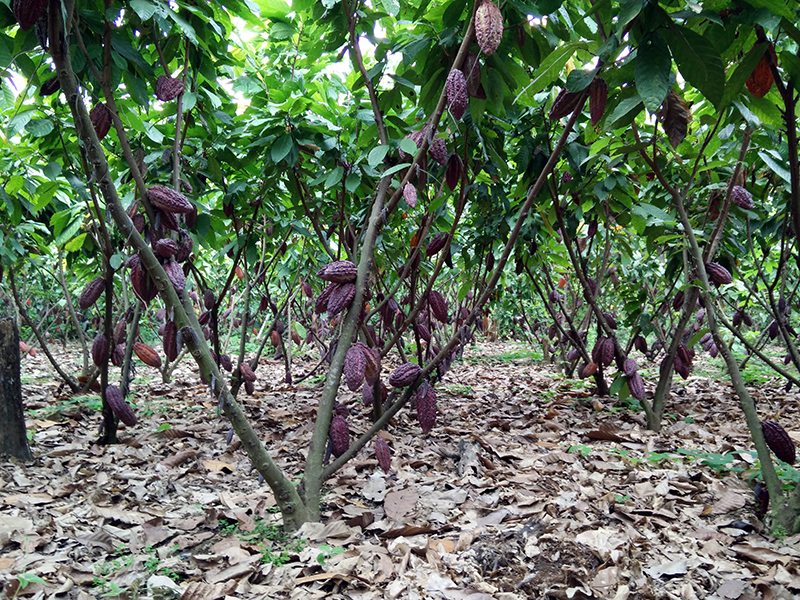Food

The element nitrogen is a double-edged sword. It is essential for growing plants and feeding people, but it is also a leading cause of pollution across the world. Only by using nitrogen more sustainably can the positive and harmful effects of nitrogen be balanced.

A favorite healthy snack, almonds are a staple on grocery store shelves worldwide. More than 80% of these almonds are grown in California. As permanent crops, almond trees have unique needs and challenges for farmers.


Food allergies are a big problem. About 7% of children and 2% of adults in the U.S. suffer from some kind of food allergy. These allergies cost a whopping $25 billion in health care each year. Then there’s the time lost at school or work. And there’s the risk of serious complications, even death.

Rice is one of the most important global cereal crops. More than half of the world’s population depend on rice as their primary source of energy from food.


Chocolate is almost universally adored. But few know the complicated process of how cacao beans become chocolate. Did you know cacao tree farming is done mostly by small-scale low-income farmers in Latin America, particularly in countries like Ecuador?


Earth is getting hotter. Huge amounts of greenhouse gases are warming the planet and altering the climate. Heat waves are harsher. Droughts are longer. And some diseases and pests are stronger than ever.


Rice is the most consumed staple food in the world. It is especially common in Asia, where hunger concerns are prevalent.

Rice is classified as an annual plant, which means it completes its life cycle within one growing season then dies. However, in some tropical areas, rice can continue to grow year after year when taken care of properly.

Pinto beans are good for us. They are nutritious, packed with protein and fiber. They also contain a host of micronutrients like B vitamins and folate.

But being good isn’t enough for pinto beans. They also need to look good.

Wheatgrass is packed with beneficial nutrients, which makes the crop a popular superfood. And now, more farmers will have access to growing this beneficial crop.

Historically, wheatgrass has been used as a crop in animal feed. However, a partnership between The Land Institute and the University of Minnesota changed that.


